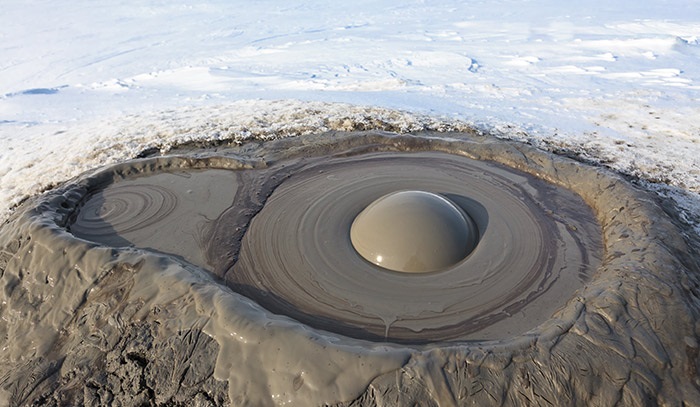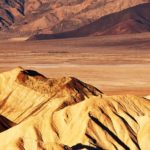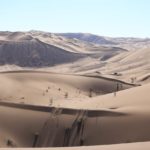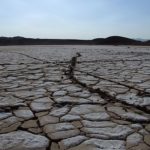About Golfers Many sites have posted articles that, with few exceptions, correctly point to golfers’ geology. With this introduction assuming you do not have access to any of these sites, I will briefly refer to geology and how they were formed. The following is the translated text from the Wikipedia site and the US Geological Survey. Golfers are clay cones, often between one and two meters high. These structures are generally temporary. Golfers can be found both on land and in the oceans. These structures are associated with hydrocarbon deposits as well as subducting tectonic zones and orogenic belts. In very rare cases they are also associated with volcanoes. Their formation is also caused by the gases released by the above-mentioned causes, as they ascend through the muddy layers along the fractured or weak zones, which also raise the mud with it and form conical structures over time. They do. The gases that emit are about eighty-six percent methane and small amounts of carbon dioxide and nitrogen, and the liquids associated with the mud often contain acidic or saline water or hydrocarbon fluids. Golfers Contrary to some of the nature tour guides in Iran that are only found in Iran, golfers in other countries such as southeastern Ukraine, Sicily in Italy, Azerbaijan, around the Black Sea, Pakistan, the Jing Jian region in China, Indonesia and India, USA There are Venezuela and the Central American region. The dimensions of the golf course are very variable and can reach up to seven hundred meters in height. In Iran, golfers are found in Sistan and Baluchistan, especially in Chabahar and Gomishan. In addition, there is a golf course in the Khash area.





